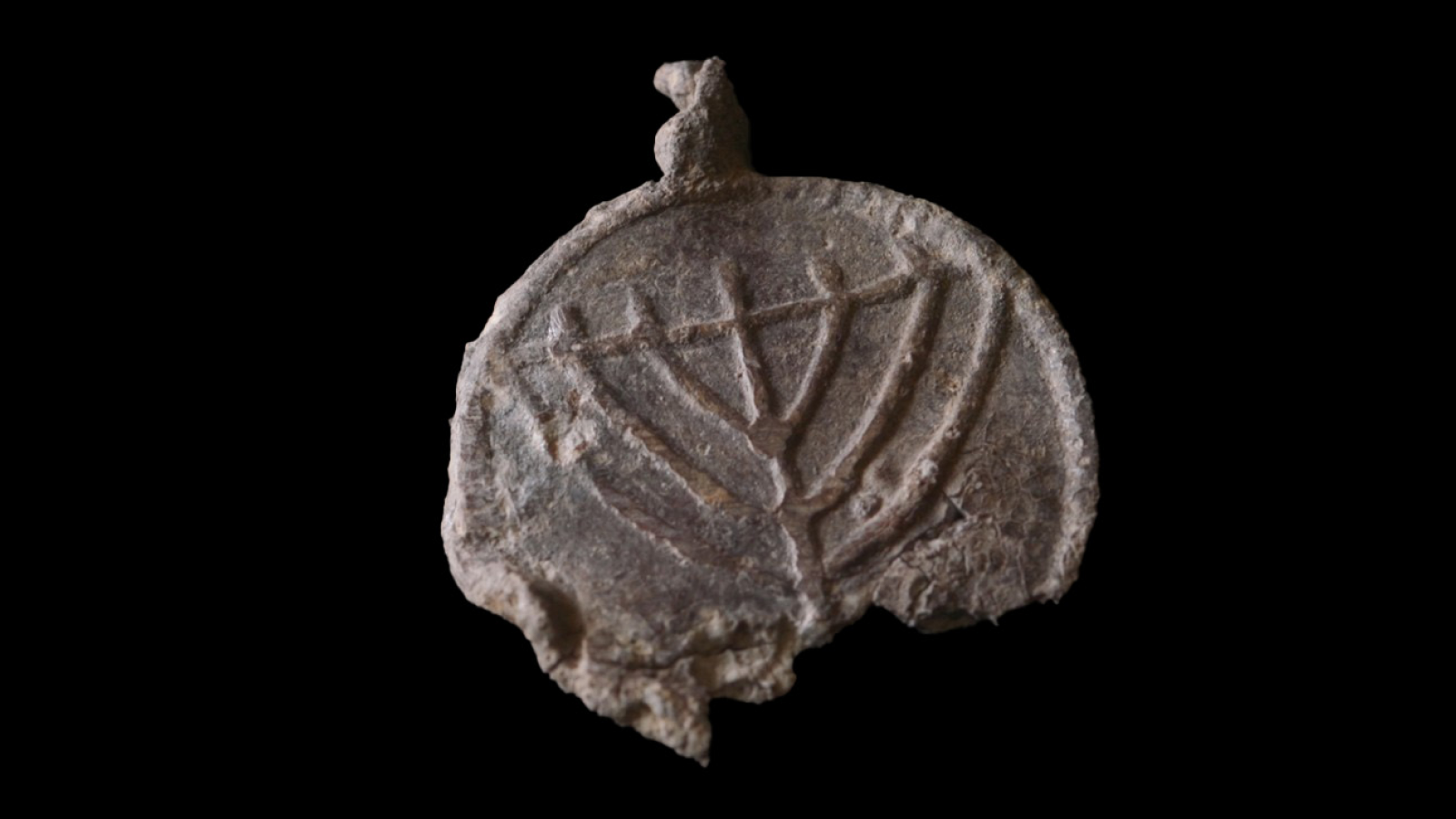F-35 Fighter Jet Nails Olympic-Worthy 'Ski Jump' Takeoff

When a fighter jet takes off from a runway the same way that a skier launches gracefully off a jump, the result can be surprisingly beautiful.
Last week, an F-35B Lightning II fighter jet performed one of these Olympic-worthy launches at the Naval Air Station Patuxent River in Maryland. The unconventional liftoff, which was a first for this kind of aircraft, was part of a series of trials designed to test the plane's "short takeoff" abilities.
Known as the vertical and/or short takeoff and landing (V/STOL) variant, the F-35B is designed to operate on aircraft carriers, which don't have space for long runways. [Supersonic! The 10 Fastest Military Airplanes]
As for the use of a ski jump in the trials, it's a British (and Italian) thing. The ski jump is similar to the takeoff ramp found on both the United Kingdom's and Italy's new aircraft carriers, which will soon be home to fleets of F-35B jets. The ramp — located at the end of the runway, at the bow of the ship — provides the aircraft with what experts call an "upward flight path." In other words, this modified runway lets a plane that's heavily loaded with weapons take off from the back of a boat without plummeting into the sea.
On June 19, the fighter jet performed "as expected" in its first-ever ski-jump takeoff, said Pete Wilson, the pilot who flew the plane during the trial run.
"It's always exciting when you get to do something in aviation for the first time," Wilson said in a statement. "We spend literally years planning these 'firsts,' with hundreds of hours in the simulator as the event gets close, but even with all the preparation, the test team remains focused on the potential that something unexpected might happen."
Luckily though, everything went well for Wilson and the F-35B. Data from the successful trial will be used to improve flight simulators. British defense contractor BAE Systems, which is involved in the F-35 program, maintains a simulator that lets pilots "fly" a virtual F-35 off the deck of a virtual aircraft carrier. This high-tech piece of equipment allows pilots and BAE engineers to improve the design of both the jet and the aircraft carrier's runway before hands-on testing.
Get the world’s most fascinating discoveries delivered straight to your inbox.
In the United States, engineers recently tested outthe F-35B's ability to withstand extreme weather conditions, subjecting the plane to brutal heat, bitter cold and high winds. And a trial conducted in 2013 proved the F-35B can perform vertical landings aboard an aircraft carrier at night.
Follow Elizabeth Palermo @techEpalermo. Follow Live Science @livescience, Facebook & Google+. Original article on Live Science.


